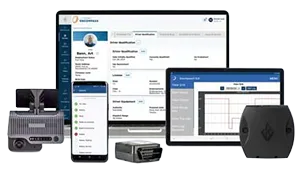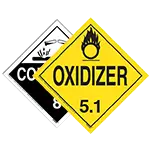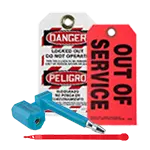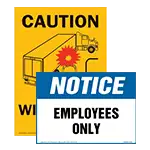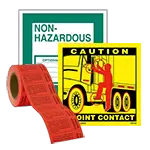J. J. Keller Professional Services
Build A Compliance Program to Fit Your Company
Fleet Services
View ServicesHazmat Services
View ServicesHealth & Safety Services
View ServicesEnvironmental Services
View ServicesHuman Resources Services
View ServicesTechnology Solutions
View ServicesFeatured Products
We protect people and the businesses they run.™
This is our purpose: to help employers keep North America's workplaces, job sites and highways safe and respectful. It always has been.
Learn More About J. J. KellerEvents
September 23, 2025
1:00PM-2:00PM
FMLA, ADA, and Worker’s Comp: Navigating the Bermuda Triangle of Leave
Register Now!